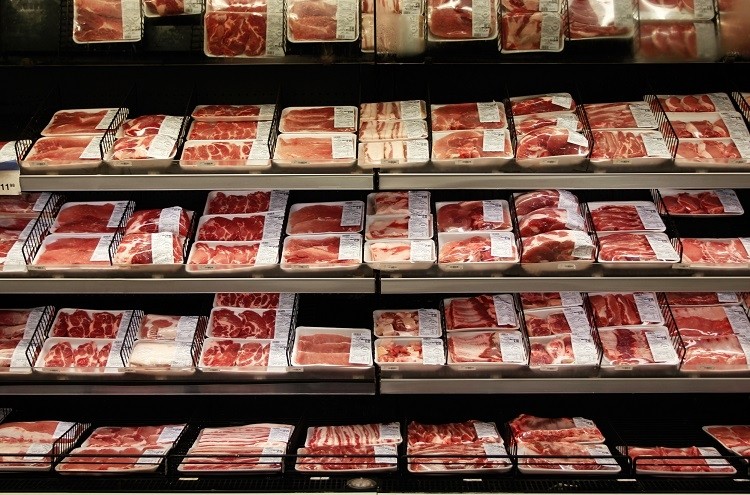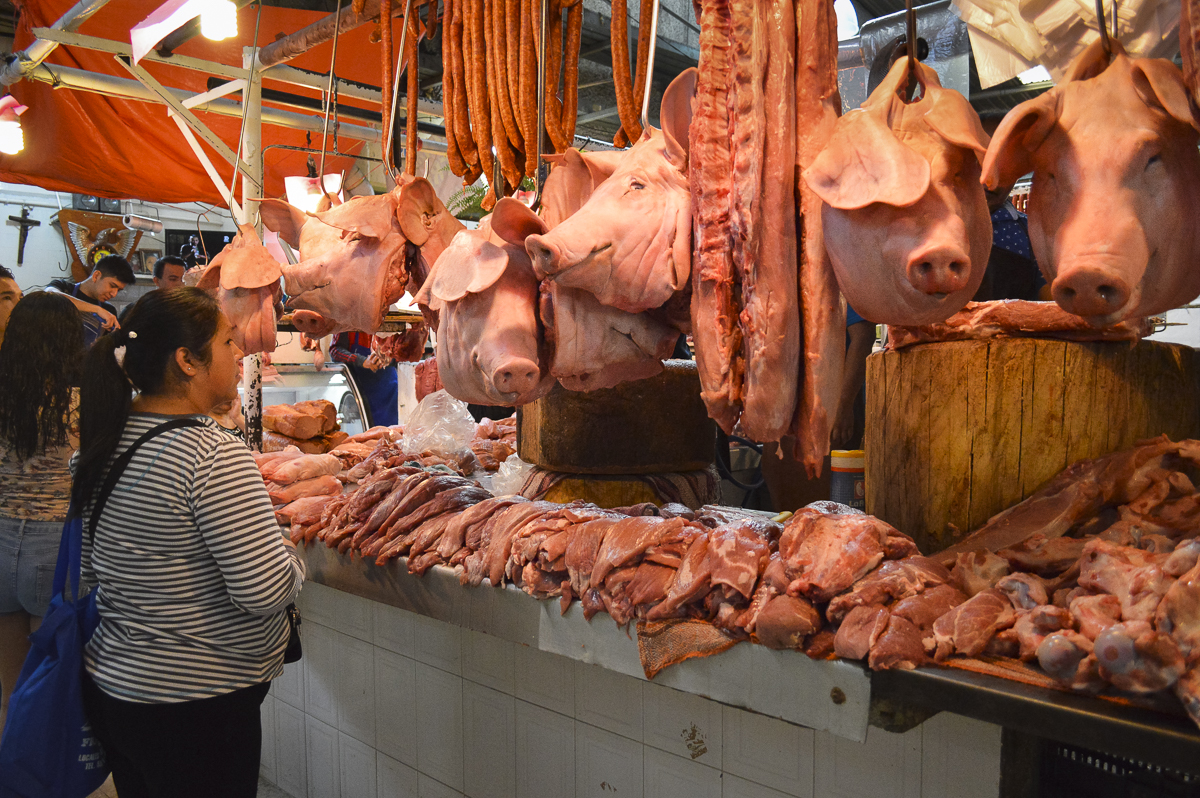Why Citizens Love Bagley Farms Meat Market Edwardsville IL for Their Meat Buying
Why Citizens Love Bagley Farms Meat Market Edwardsville IL for Their Meat Buying
Blog Article
Discover the Art of the Butcher's Cut in a Modern Meat Market
In the ever-evolving landscape of modern-day meat markets, the butcher's cut has transcended its typical roots, merging age-old craftsmanship with contemporary practices. Today's butchers are not simply processors of meat; they are educated artisans that highlight sustainability and moral sourcing. Their experience in choose and preparing cuts customized to particular cooking demands uses an exceptional dining experience. Yet, what absolutely sets the modern-day butcher apart is their capacity to forge a deeper connection between customers and the beginnings of their meat. Just how do these masters balance practice with development, and what effects does this have for the future of meat consumption?
Development of Butchery Strategies
The advancement of butchery techniques reflects an abundant tapestry of development and adaptation driven by developments in modern technology, adjustments in consumer demand, and a deeper understanding of meat science. Historically, butchery was a craft passed down via generations, with methods honed over centuries to take full advantage of yield and flavor. However, the commercial change introduced mechanization, changing standard techniques and making it possible for large handling.
The mid-20th century saw butchery strategies further fine-tuned by clinical understandings right into muscle biology and meat aging, improving both tenderness and preference. Advancements like vacuum product packaging and refrigeration expanded product shelf-life, enabling butchers to expand offerings and improve quality assurance. This period also noted the surge of specific equipment, such as band saws and meat slicers, which enhanced precision and performance in meat processing.

The 21st century has introduced electronic modern technology right into the butchery world. Computerized systems currently aid in tracking animal provenance and maximizing cuts to meet details customer preferences. In addition, a revival in artisanal butchery has actually emerged, mixing typical abilities with contemporary understanding to accommodate customers seeking ethical and sustainable meat choices. This evolution highlights a dynamic interplay in between practice and technology, meeting contemporary needs while protecting the craft's heritage.
Understanding Meat Cuts
Comprehending the details of meat cuts is essential for both butchers and consumers looking for high quality and value. For butchers, exact cuts mirror ability and regard for the craft, ensuring marginal waste and ideal return.

Understanding muscle make-up is crucial; muscle mass made use of extra often by the animal often tend to be tougher and are best suited for slow cooking approaches, while less-used muscle mass, like those located in the loin, are a lot more tender and perfect for grilling or roasting. Experience with these distinctions empowers customers to make enlightened selections, boosting their cooking undertakings.
Choosing Quality Meat
Selecting the see this website right meat involves even more than simply selecting a visually appealing piece from the screen. bagley farms meat market edwardsville il. The art of choosing high quality meat needs a discerning eye and expertise of specific attributes that indicate quality and excellence. To start with, take notice of the shade; beef should have a bright, cherry-red tone, while lamb needs to exhibit a soft pink tone, and pork a light pink. This suggests the meat is fresh and hasn't been revealed to oxygen for as well lengthy.
Second of all, take into consideration the marbling, which refers to the white streaks of fat within the muscle mass. Correct marbling is a key sign of tenderness and flavor, as it thaws during cooking, boosting the meat's juiciness. Keep in mind, higher marbling frequently correlates with superior top quality cuts, such as USDA Prime.
Appearance is another essential element; meat must really feel firm to the touch, not slimed or extremely soft. In addition, bear in mind the fragrance. Fresh meat ought to have a clean, neutral smell, without any type of sour or repulsive odors.
Coupling Cuts With Food Preparation Methods

Alternatively, harder cuts like brisket and chuck roast are rich in collagen, which damages down into gelatin when cooked slowly. These cuts are suitable for braising or slow roasting, enabling the meat to soften in time and site web develop deep, complex flavors. Likewise, cuts such as brief ribs and pork shoulder prosper with slow-cooking techniques, where extended cooking times change their durable structures into succulent meals.
Lamb shanks and oxtail, which require prolonged food preparation to tenderize, are ideal candidates for cooking or sluggish simmering. These techniques coax out abundant, passionate flavors while preserving moisture. By understanding the special attributes of each cut, chefs and home chefs alike can boost their culinary productions, guaranteeing each recipe is both pleasing and unforgettable.
The Butcher's Function Today
Browsing the developing landscape of the contemporary meat market, the butcher's role today extends beyond mere prep work of cuts. Contemporary butchers are culinary artisans, educators, and supporters for lasting techniques. They bridge the space between the farm weblink and the fork by ensuring honest sourcing, recognizing animal husbandry, and focusing on openness in the supply chain. This change mirrors the expanding customer demand for top quality over quantity, where provenance and pet welfare are paramount.
In addition to crafting specific cuts, butchers now engage straight with customers, using cooking recommendations and customizing selections to fit individual demands and choices. Their experience in meat aging, marbling, and taste accounts empowers consumers to make enlightened decisions, enhancing their cooking experiences. This personalized service exemplifies the butcher's advancing function as a trusted consultant in the cooking area.
Additionally, butchers are crucial in reducing waste, utilizing whole pets to create varied products such as sausages and supplies. This comprehensive strategy not only respects the pet however also straightens with contemporary sustainability goals. This way, the contemporary butcher personifies both custom and advancement, adapting to an ever-changing market while maintaining the creativity and honesty of their craft.
Verdict
Mastery in recognizing diverse meat cuts and top quality signs encourages butchers to offer educated referrals, aligning particular cuts with optimum food preparation techniques. By recognizing historic methods while accepting modern needs, the butcher's duty stays vital in today's sophisticated meat market.
Report this page